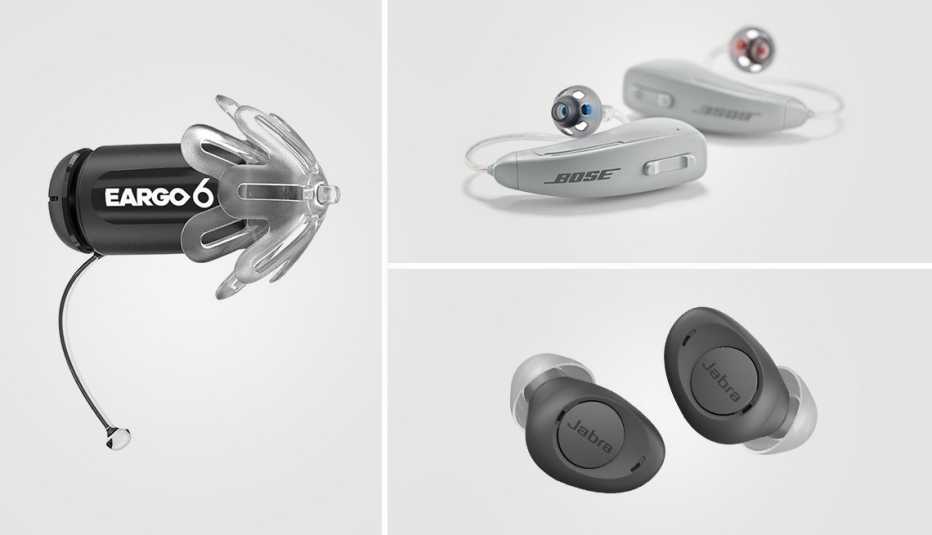Staying Fit
If you want to keep your body strong and healthy in the second half of life, you might need some new routines. Here’s what you’re up against and why you should treat your most vulnerable body parts with TLC.
1. Your eyes
Even if you have perfect vision, an eye exam every one to three years should be part of your routine starting at age 55, says Alice C. Lorch, M.D., assistant professor of ophthalmology at Harvard Medical School and an ophthalmologist at Massachusetts Eye and Ear.


AARP Membership— $12 for your first year when you sign up for Automatic Renewal
Get instant access to members-only products and hundreds of discounts, a free second membership, and a subscription to AARP the Magazine.
Eye doctors monitor your eyes to diagnose and manage common age-related conditions such as macular degeneration — when the eye begins to blur and lose central vision — and glaucoma, which damages the optic nerve, threatening peripheral vision. “A lot of the things we can pick up, you wouldn’t otherwise know you had,” Lorch says.
Besides not smoking, which increases the risk of eye diseases, research shows you can slow the progress of macular degeneration with a specific multivitamin supplement. Medication and surgery can hold the line on glaucoma.
Your doctor will also keep an eye out for vision-clouding cataracts, Lorch says. When the time comes, surgery to replace your tired, yellowed lenses can correct for issues like nearsightedness and astigmatism.
And if you’re experiencing the gritty sensation of dry eye — which gets more common with age — look for relief with omega-3-rich foods or supplements, eyelid hygiene or artificial tears. “People don’t have to suffer with poor vision or uncomfortable eyes,” Lorch says. “There are things that we can do.”
2. Your teeth and gums
These days, thanks to widespread water fluoridation and basic oral hygiene, “people expect to keep all or at least most of their teeth for a lifetime — into their 80s and 90s,” says Matt Messina, assistant clinical professor at Ohio State University College of Dentistry and spokesperson for the American Dental Association. But to get that kind of mileage out of them, you may need to do more than you’re used to.
“As people get older, we see more gum recession and bone loss and that can expose some root surface,” Messina says. “But these surfaces aren’t covered with enamel, the hard outer coating that protects the top of the tooth, so they become more susceptible to decay.”
After 50, you may also make less saliva, which dissolves the acids made from breaking down food, making them less damaging to teeth. Or you may be prescribed one of the hundreds of medications known to cause dry mouth, which also puts teeth at risk.
“Somebody that wasn’t having an issue with decay may suddenly need a prescription fluoride rinse or fluoride gel to use on a daily basis to make their teeth and the root surfaces stronger,” Messina says.
To keep your teeth and gums healthy for the long haul, Messina recommends doubling down on your oral hygiene (no skipping flossing tonight!). If you’re on a drug that causes dry mouth, ask your doctor if you can take a smaller dose or a different drug. And avoid chewing ice, as tooth enamel can chip, or using your teeth for things like removing a price tag. “Teeth are not tools,” he says.







































































